The Florida Everglades are among the most beautiful
natural wonders of the world. Located in southern Florida, these expansive wetlands are full of wildlife and amazing things to see. If you’ve never had a chance to visit the Everglades, you’re in for a treat. Here are 6 things you might not know about the Florida Everglades so you know what to look out for the next time you visit South Florida.
It Burns — and That’s a Good Thing
Although it’s a wetland and as its name suggests it is inherently wet, the Wetlands burn regularly. Like any other forest or undeveloped area, these wildfires are important for the health of the area. Most of the fires don’t cause a lot of damage, especially if they’re sparked by lightning during the wet season. They often extinguish themselves before they spread too far — wet wood doesn’t burn well, after all. Dry season fires can be more dangerous and might require human intervention. If you’re planning a trip, you can keep track of fire management and local fire activity through the National Park Service.
You’re Drinking Swamp Water
Trust us, that’s not as gross as it sounds. Up to 1 in 3 people rely on the Everglades for their water supply. This is because the water in the wetlands trickles down through the limestone of the state and into the Aquifer — the enormous natural underground reservoir from which most of the state draws its water. The stone and earth that the water passes through make natural Florida water some of the cleanest in the country — though all potable drinking water is still monitored to make sure that there is nothing dangerous in it.
You Will See Animals — Lots of Them
The Everglades is home to hundreds of different unique species. There are more than 350 species of birds alone, and the wetland is home to 67 different species on the endangered species list.
If you’re heading out into the Everglades, look for wildlife tours. You can book trips on airboats, or even in helicopters so you can see all the amazing wildlife Keep your camera handy, and don’t skimp on the mosquito repellant — the wetlands are a haven for them.
Many of these tours also offer live gator shows — just be cautious during nesting season. If you happen upon a mother alligator near her nest, she might snap at you!
Expect To See — And Possibly Eat — Snakes
The Everglades is home to hundreds of species — including some invasive species. A number of pythons and other invasive snake species have taken up residence in the warm environment that the wetlands provide. Unfortunately, they’re also damaging the local ecosystem — the only thing that seems to eat them is the alligators and in the meantime, the snakes are eating most of the smaller game that the alligator and other predators feed on.
The state invites in professional and amateur snake hunters every year to try to reduce the snake population — there’s often a bounty offered as well! Some of these massive snakes are even cooked for consumption.
It’s Half of What It Used To Be
The enormous wetlands known as The Everglades cover 1.5 million acres in Southern Florida — but it’s half the size that it used to be. Early settlers in the area drained many areas to build homes, plant crops and raise livestock. This expansion continued into the 1960s, when the “Friends of the Everglades,” a group started by Marjory Stoneman Douglas, protested the building of an airport that would have required more of the wetlands to be drained.
Now, what remains of the Everglades is protected — but we will never see it as it once was
Alligators and Crocodiles Living Together, Mass Hysteria!
Alligators and crocodiles, while similar, generally don’t cohabitate in the same areas. The Florida Everglades is the only place in the world where both species of reptiles live in the same habitat.
It’s not just any crocodile that calls Florida home — it’s highly aggressive, often called ‘man-eating’ Nile crocodile. They’ve been living in the Everglades for years without issue, and though they are technically an invasive species, they seem to have settled into their ecological niche without upsetting the ecosystem terribly.
There is nothing quite like the Florida Everglades anywhere else in the world. If you get a chance to visit them, bring water and bug spray and keep your camera at the ready! You’re in for an amazing, unforgettable experience. Check out Skyscanner for any flight or hotel deals for your Florida Everglades Adventure! And make sure to support Florida Tourism and the Keys after the devasting effects of Hurricane Irma. The DK Eyewitness Guides are a great way to discover Florida:
Please note: This post contains product links from Amazon which are affiliate links, meaning if you click over and purchase something, we will receive a very small percentage of the purchase price (at no extra cost to you) which goes towards maintaining followsummer. Thank you in advance!
Kacey Bradley is a lifestyle blogger for The Drifter Collective and a frequent contributor to followsummer. You can follow Kacey on Twitter, Instagram, and Pinterest.

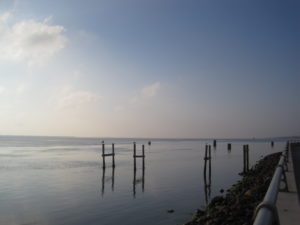
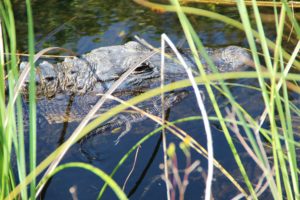

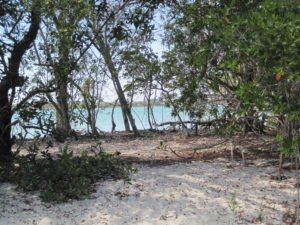
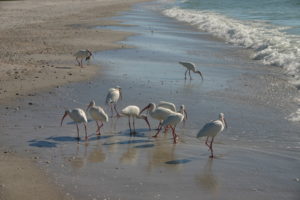
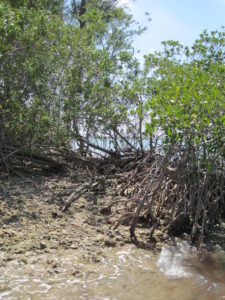
Comments